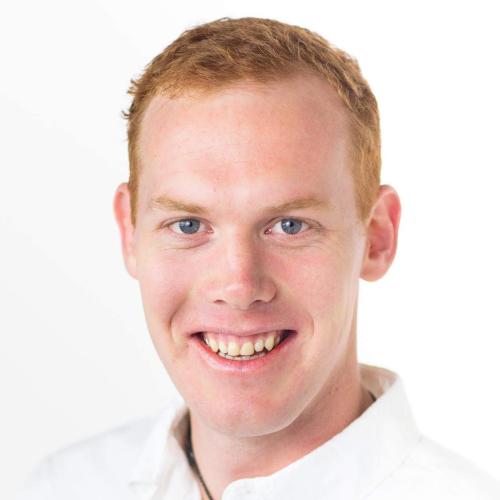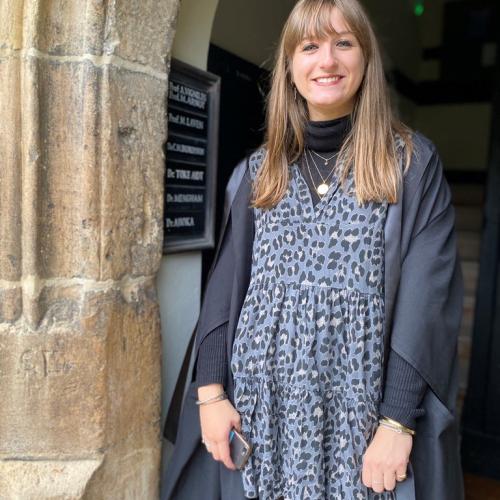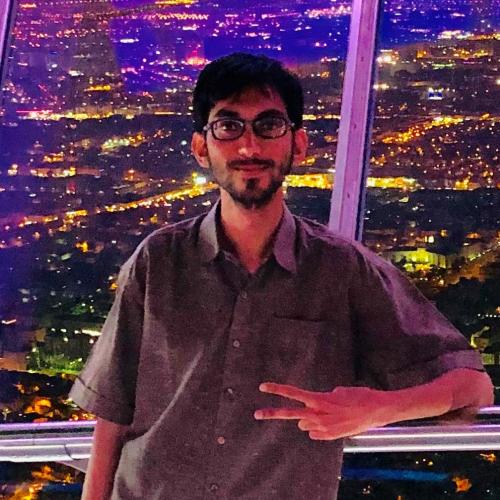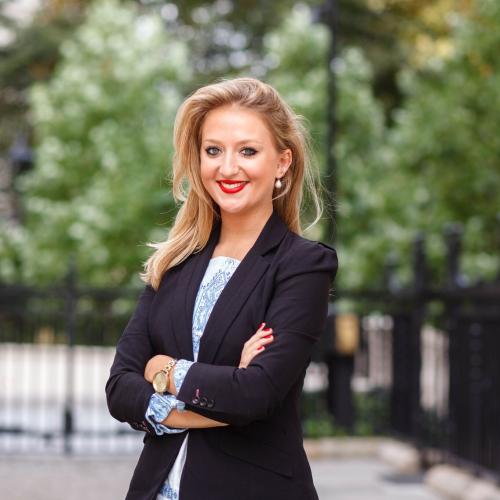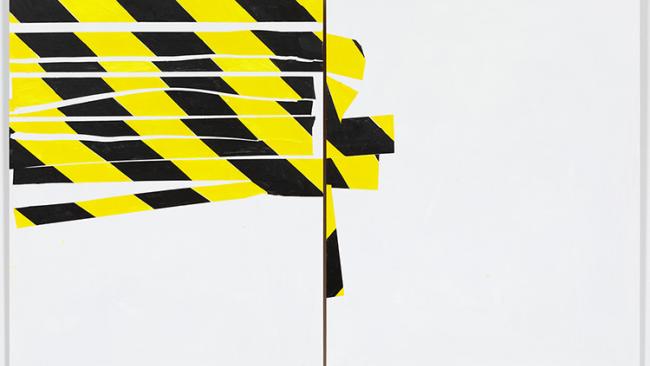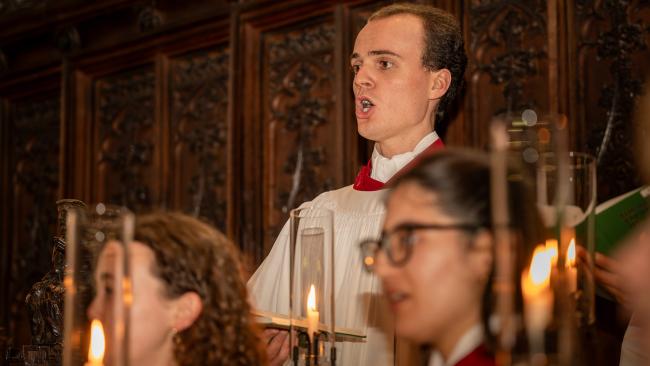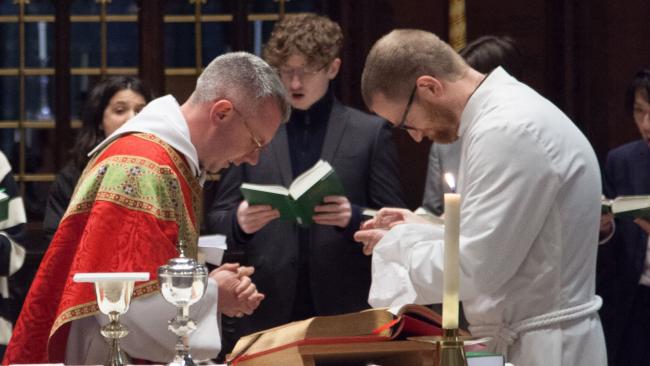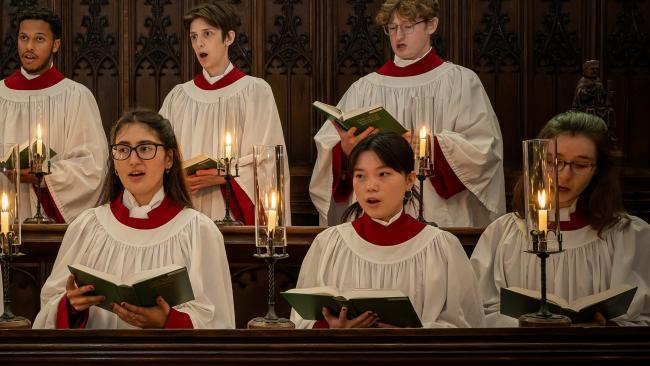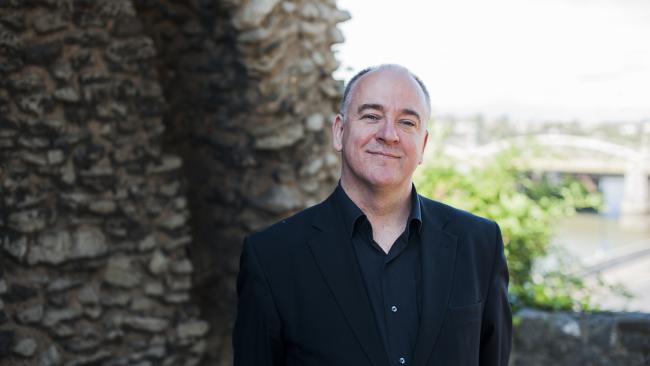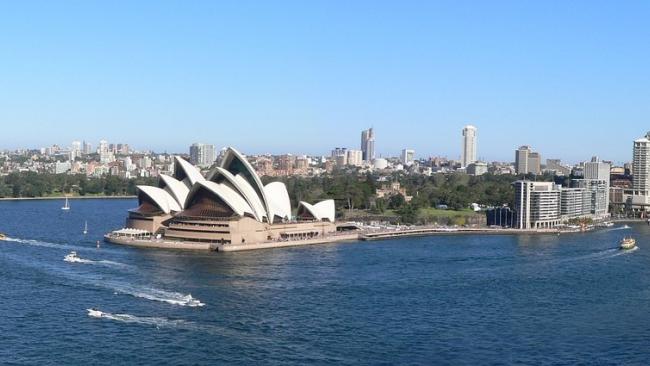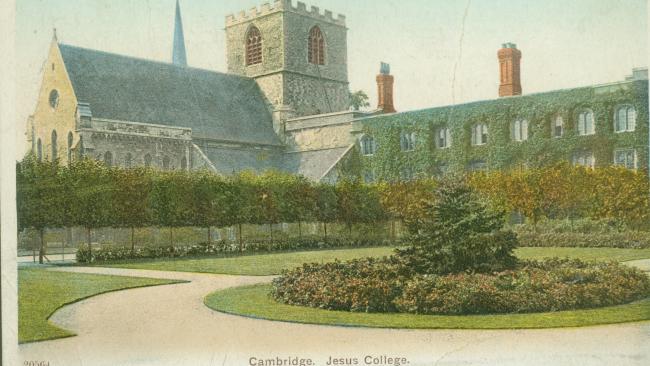
1863 to 1945
During this period Jesus College responded to fresh demand for university education and grew to become one of the larger Colleges in Cambridge.
Rapid expansion
In the second half of the 19th century the College grew from being one of the smallest and poorest Colleges in Cambridge to being one of the larger and most prosperous.
In 1875 it became the third largest College in the University (after Trinity and St John’s) and by 1881 had 216 undergraduates, seven times as many as it had 20 years before.
This transformation was almost exclusively the work of one man, Henry Arthur Morgan. A clergyman’s son, when he came to the College in 1850 he was one of just 32 undergraduates in residence, 14 of them Rustat Scholars. Following his graduation Morgan stayed in Cambridge teaching mathematics until a fellowship became available in 1860. Three years later he was appointed the College’s Tutor.
Changing demand for university education
Morgan was among the first in Cambridge to recognise how the University might help meet the new demand for a university education for sons of the growing middle class in Victorian Britain. Many of them would have attended one of the newly established public schools and might be considering careers other than the clergy or teaching.
After 1856 people who were not Anglican were permitted to obtain a Bachelor of Arts degree, and in 1871 this was extended to all university degrees (except those in divinity) and college fellowships.
At the same time Cambridge University’s curriculum was slowly being widened; undergraduates were no longer restricted to mathematics and classics, there were new courses in natural and mechanical sciences, moral and political philosophy and economy, history, law, and divinity.
New buildings in the 1870s
Morgan grasped these opportunities, and during his 22 years as Tutor almost 1,200 undergraduates were admitted to the College. Two large new buildings were constructed to house them within the College's spacious 25 acre precinct.
The first was designed by Alfred Waterhouse and built in 1869-70, funded by borrowing from the Rustat Trust’s reserves. The second was designed by R.C. Carpenter and constructed in 1885-6 using the proceeds from sales of College owned land that had been subject to compulsory purchase to build railways. A lecture hall was also built in 1875 (demolished in 1962), the Hall was enlarged, and chapel services were moved to the outer Chapel.
Some of the College's landholdings around Cambridge were sold for housing developments, which helped the College to avoid the worst effects of the agricultural depression of the later 19th century.
Morgan's Mastership
Morgan was the first Master to be elected by Fellows rather than appointed by the bishop of Ely, and the first not to combine the Mastership with another church appointment. During his 27 year tenure a further 1,350 undergraduates were admitted.
Morgan was helped by another, unrelated, Morgan (E.H.), who was Dean from 1866 and a Tutor from 1882. The two were known respectively as the Senior and the Junior Tutor or, less respectfully and for much longer, as Black Morgan and Red Morgan because their hair mimicked the College’s colours.
There were rarely more than two other Fellows in residence, and often the two Morgans ran the intellectual life of the College by themselves.
Sports, student societies, and 'reading men'
The College Close - which had previously been rented out to a local farmer and was used by the College’s cook as a kitchen garden - was now used for cricket, football, athletics, and tennis all year round.
As student numbers grew, new sporting, dining, social, and debating clubs were founded, as well as a College magazine, and a number of College traditions.
Of the 1,200 undergraduates admitted during Morgan’s tutorship - two thirds of them from the new public schools – more than a third left Cambridge without any degree, and only a quarter of those who graduated took an honours degree. These were the 'reading men', distinguished from the rest, who were the 'pass men'.
Most of the reading men, for whom success in University examinations was vital for their future careers, had to find teachers ('coaches') for themselves outside the College. A small library was established for their benefit, and prizes were endowed to encourage them. But for many at this time the College was once again a finishing school.
Clergy training and theology
The College’s other role as a training college for Anglican clergy also continued. Almost a third of the undergraduates admitted while Morgan was Tutor were clergymen’s sons, and almost one in three took Holy Orders. During his Mastership the proportion fell to one in five, but it was still as high as in any Cambridge College.
By 1894 the College was no longer an exclusively Anglican institution, and its Fellowship contained several faiths including Catholicism and Judaism.
One of the first of the Jesus College Fellows to gain a reputation in the wider University as an effective and successful teacher and lecturer was F.J. Foakes-Jackson, who taught theology. The first two University professors to be Fellows were professors of divinity; and it was for theology that the College's first modern graduate studentships were established in 1890.
Academic developments
The rule that Fellows must be celibate ended in 1882 – all but one of the resident Fellows were married within the year – and fellowships began to be seen not as prizes but as jobs for those teaching and researching in the College and the University.
The First World War brought the University and its Colleges to a virtual standstill. Nearly one in six of the students admitted to Jesus College during Morgan’s Mastership who were not ordained were killed while serving.
After the War the first students with government grants (ex-servicemen) came to Cambridge, and the College for the first time acquired a staff of specialist teaching Fellows for each of the main subject areas.
Under the 'Cambridge system', which was crystallised in new statutes in 1926, responsibility for students is divided between the University and the Colleges. The University provides lectures, laboratory teaching, and research libraries, examines students, and awards degrees, while the Colleges supply small group teaching known as 'supervisions' and provide residential accommodation, catering facilities, and other social amenities.
Building between the Wars
During the interwar years the College usually had around 300 students in residence, most staying long enough to obtain a degree. Another building with 50 spacious sets of rooms was erected in 1930 to help house them, designed by P. Morley Horder, who also designed the Cricket Pavilion and the Boat House.
Financed by a bequest and by the sale of the freeholds of the University Arms Hotel and of the land in Jesus Lane, this building completed the third of the College’s five three-sided courts which spread outwards from the core of medieval buildings surrounding the original priory cloisters.
In 60 years the number of student rooms had grown from fewer than 40 to over 170. However most undergraduates still had to spend a year or two in lodgings nearby managed by University-licensed house keepers.
